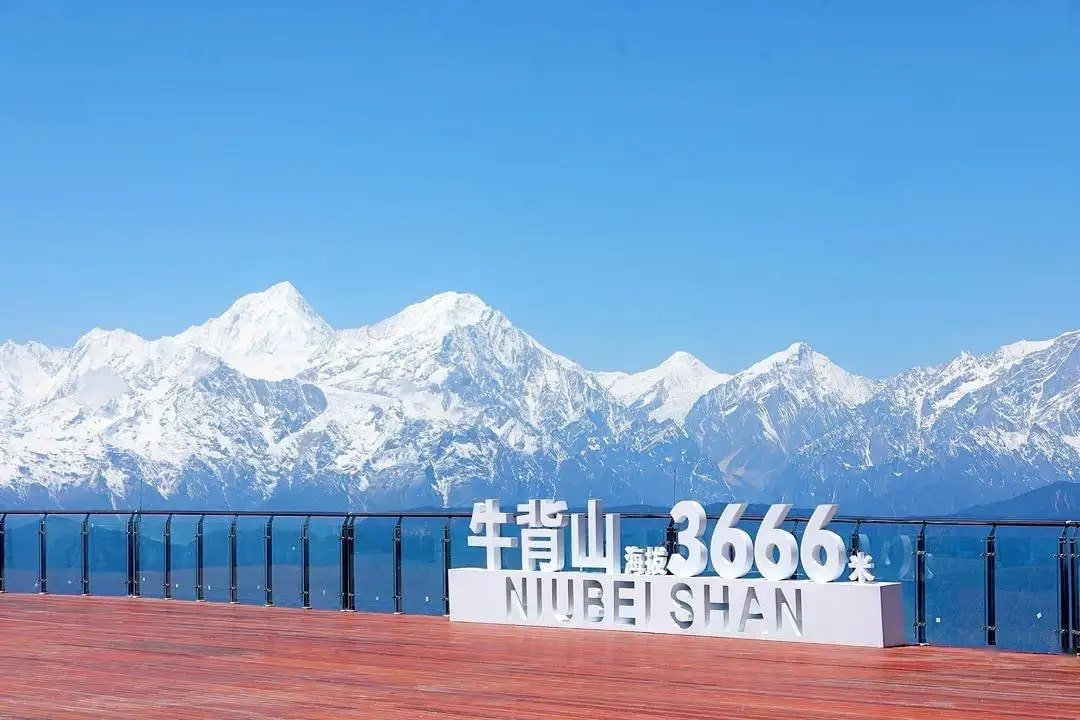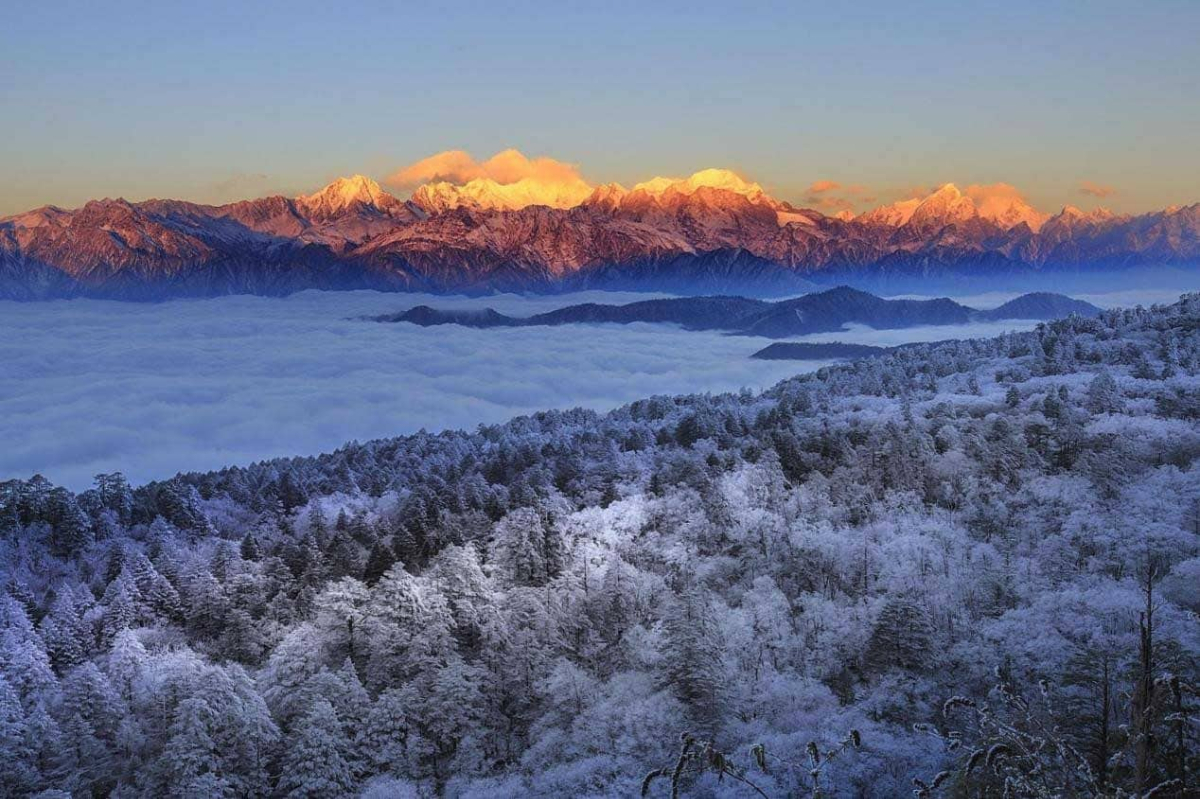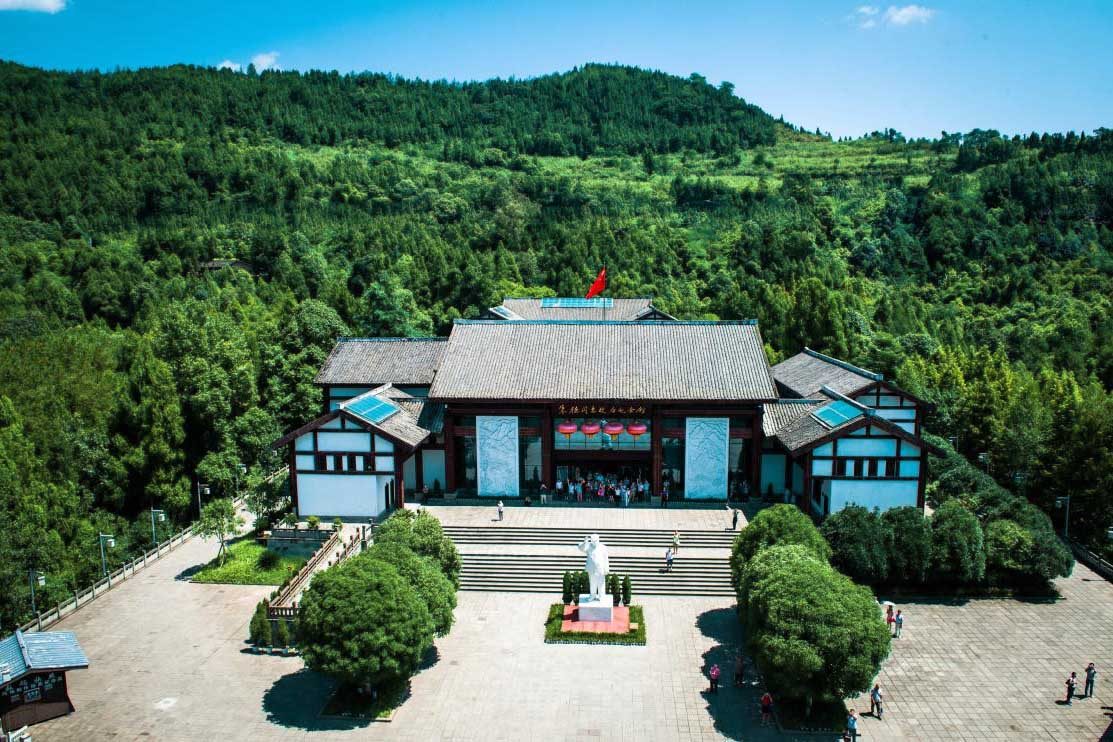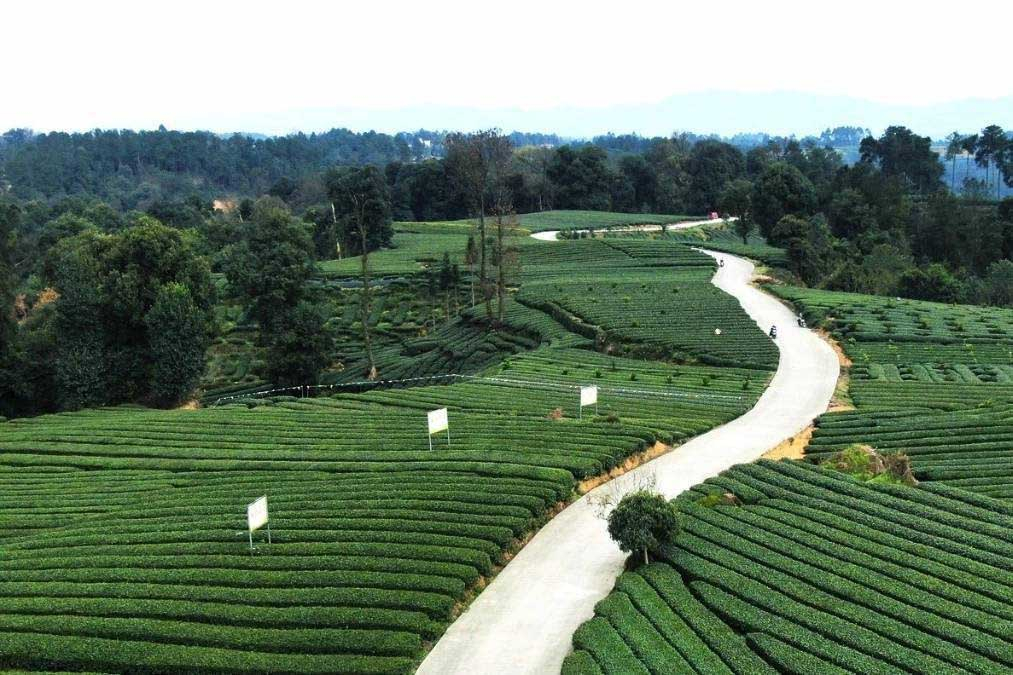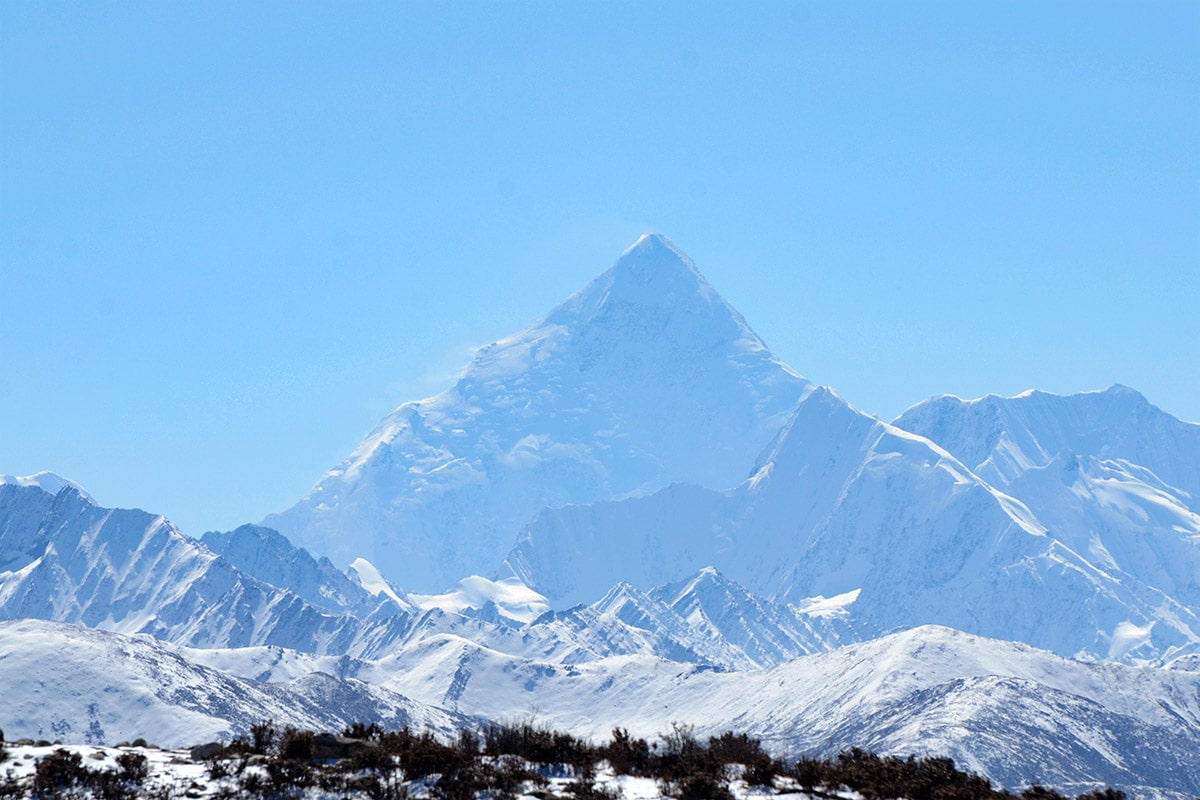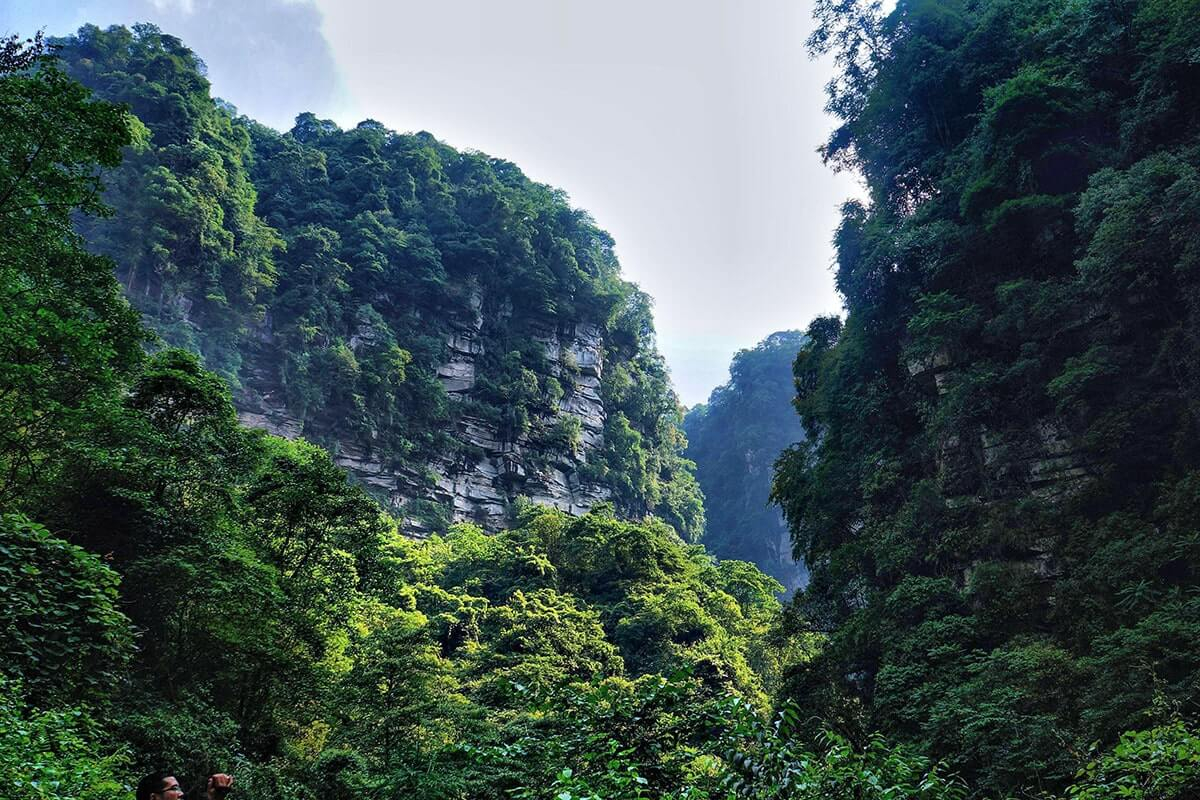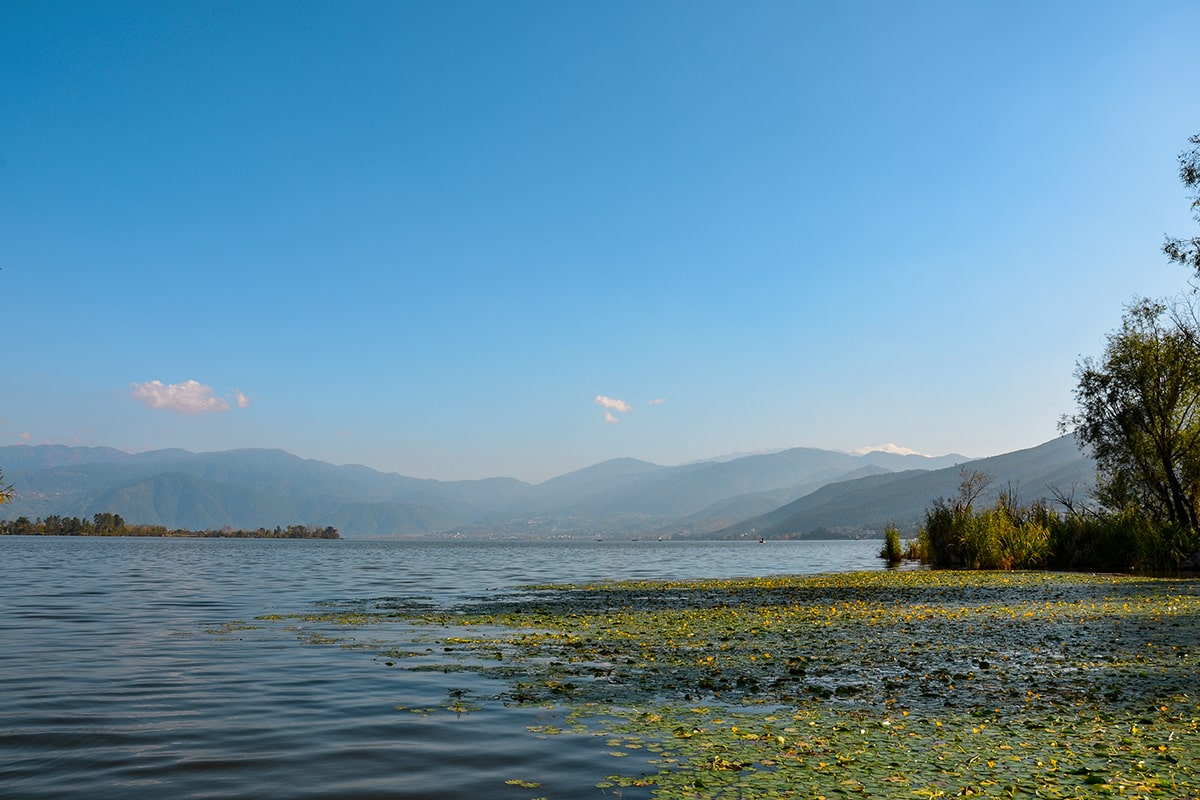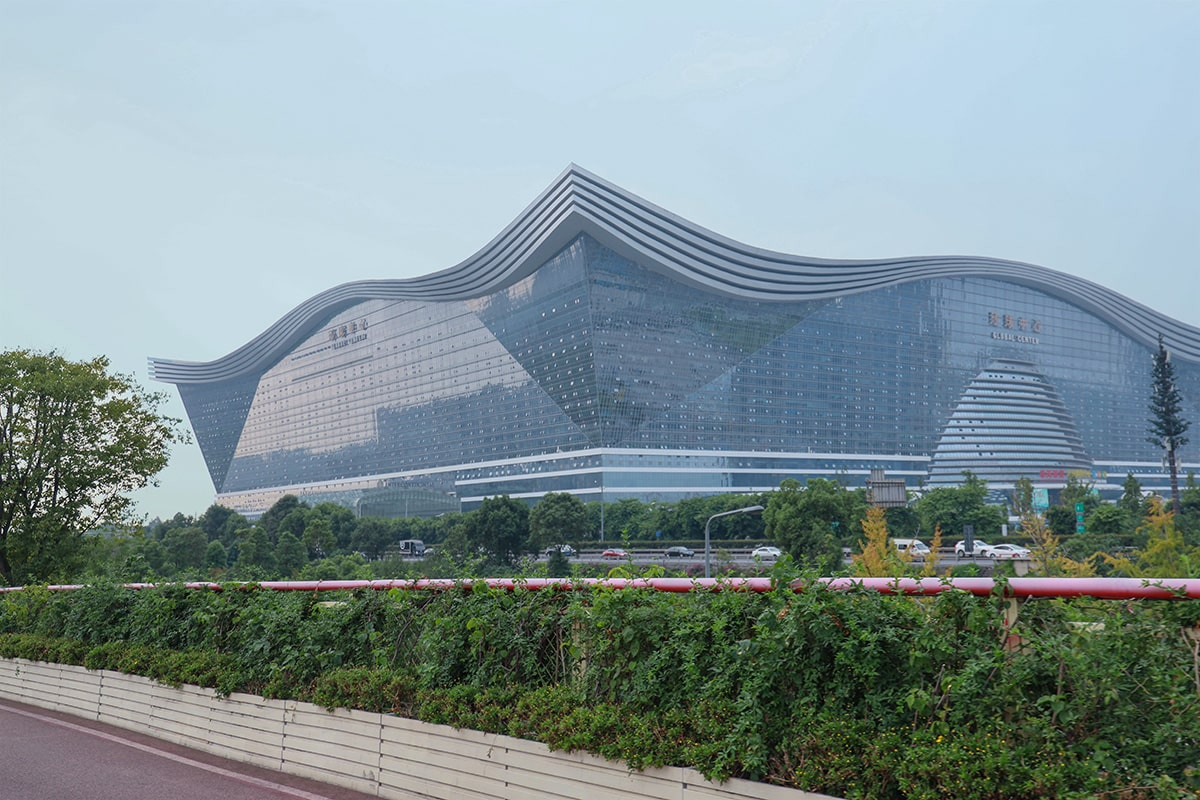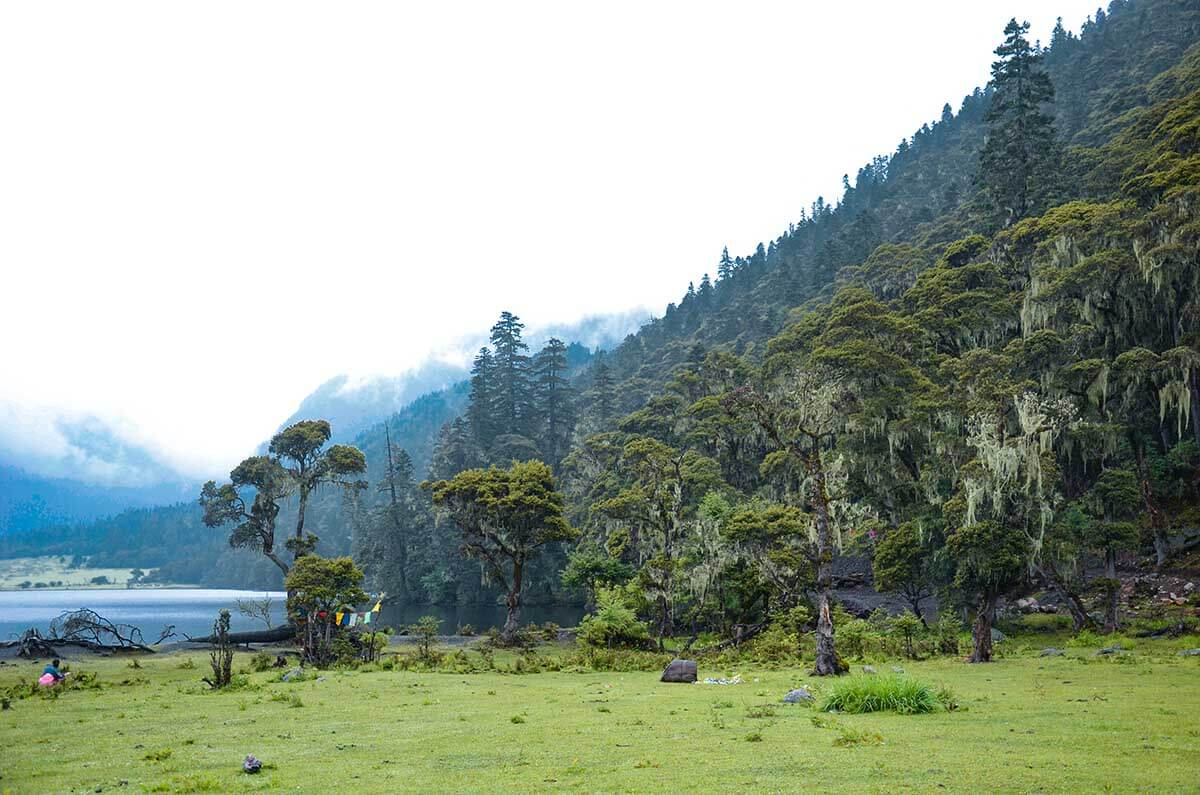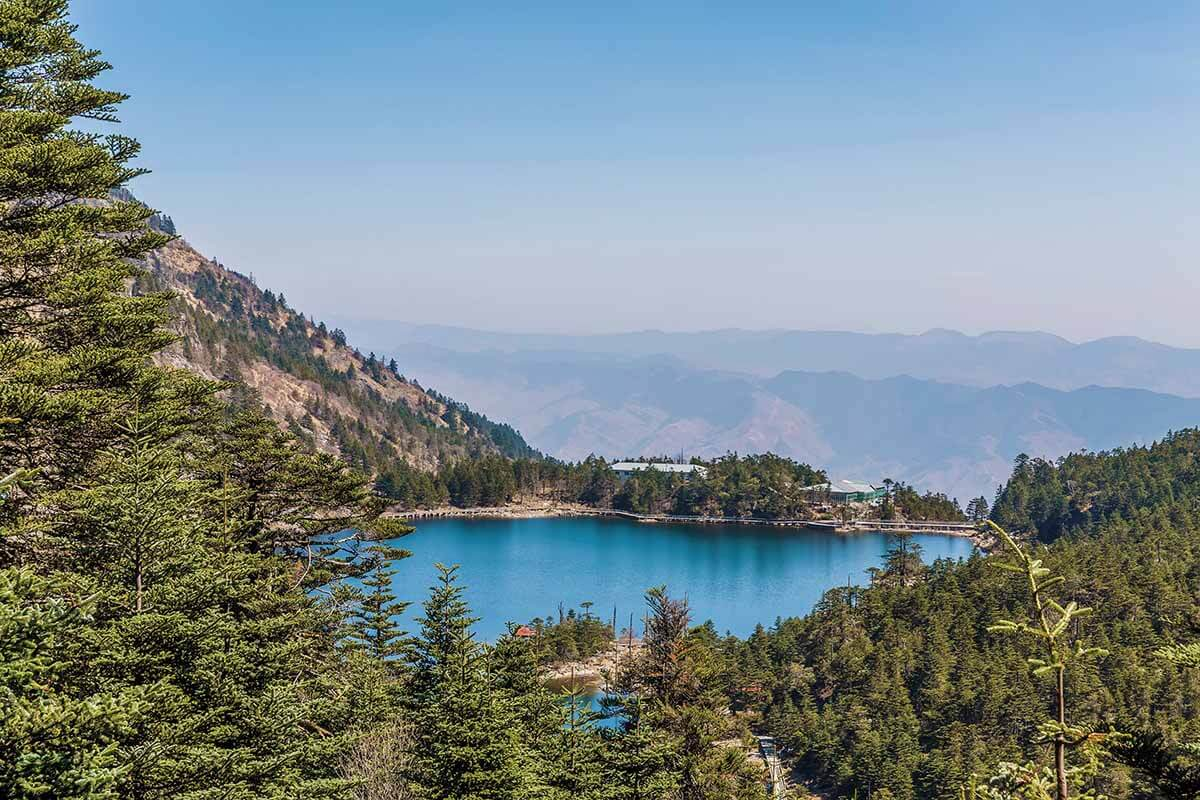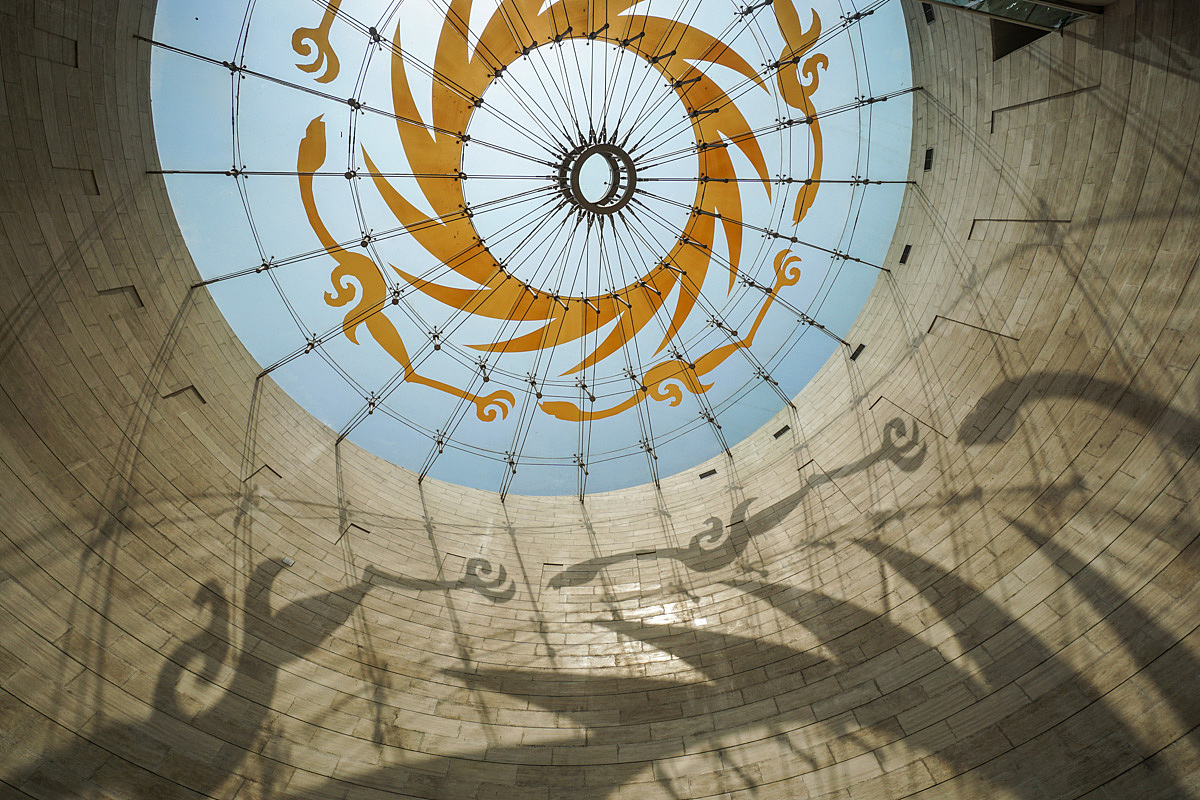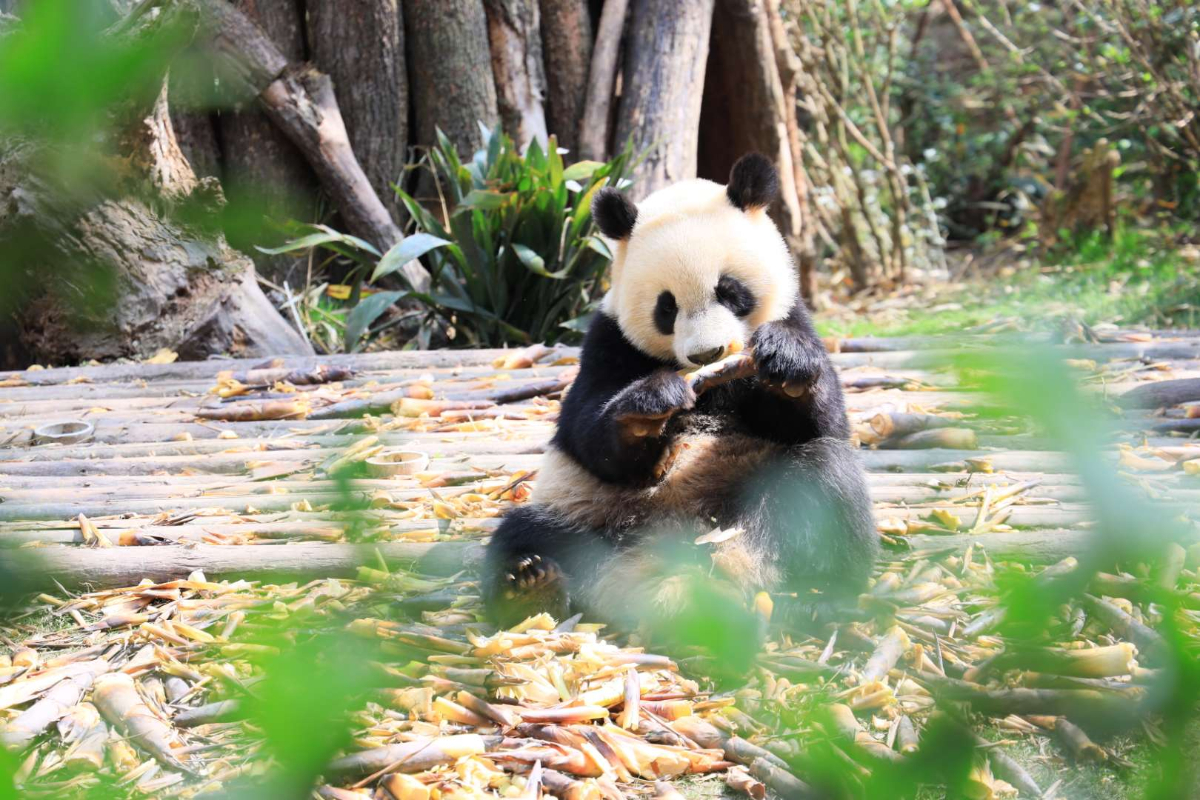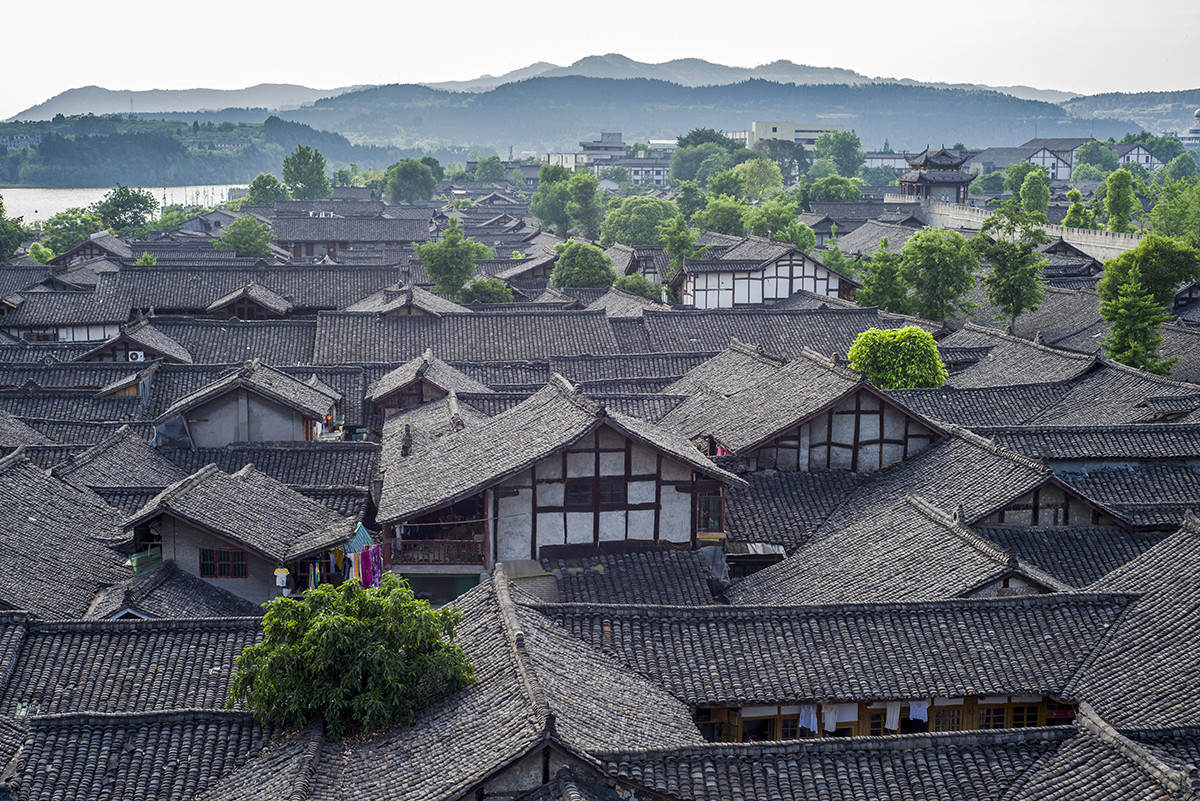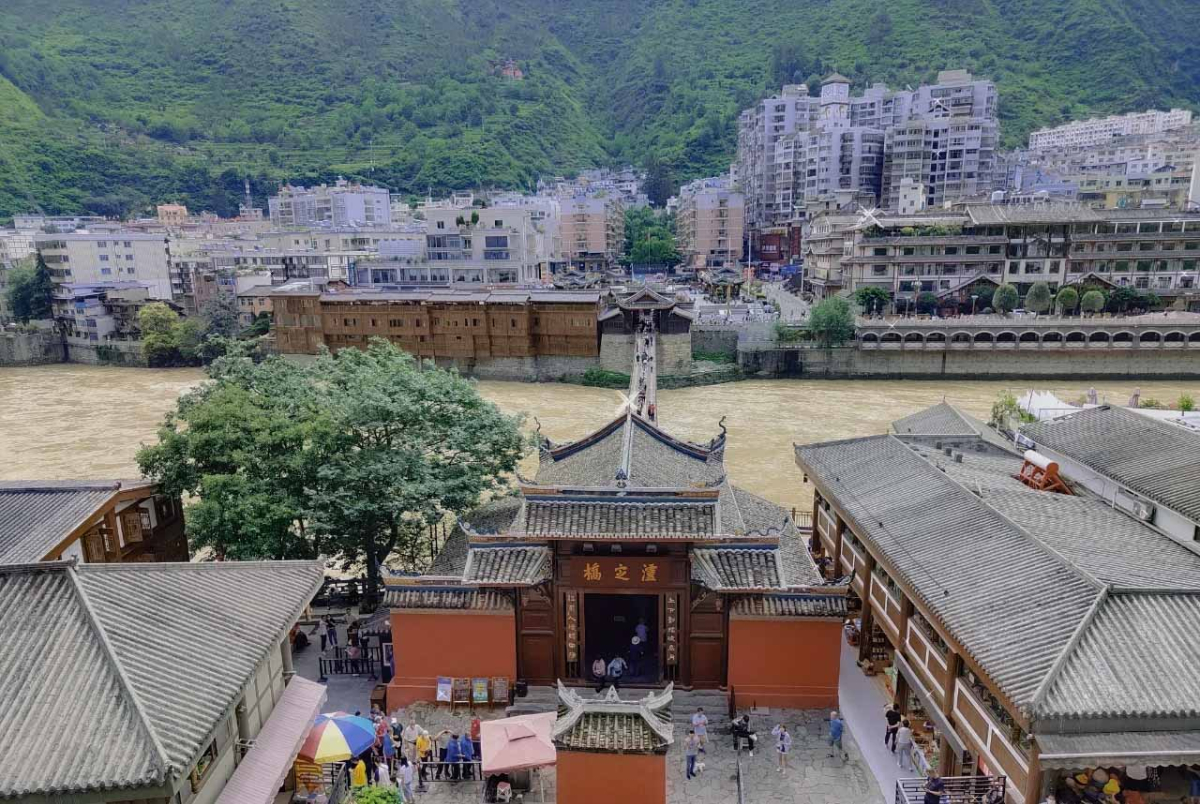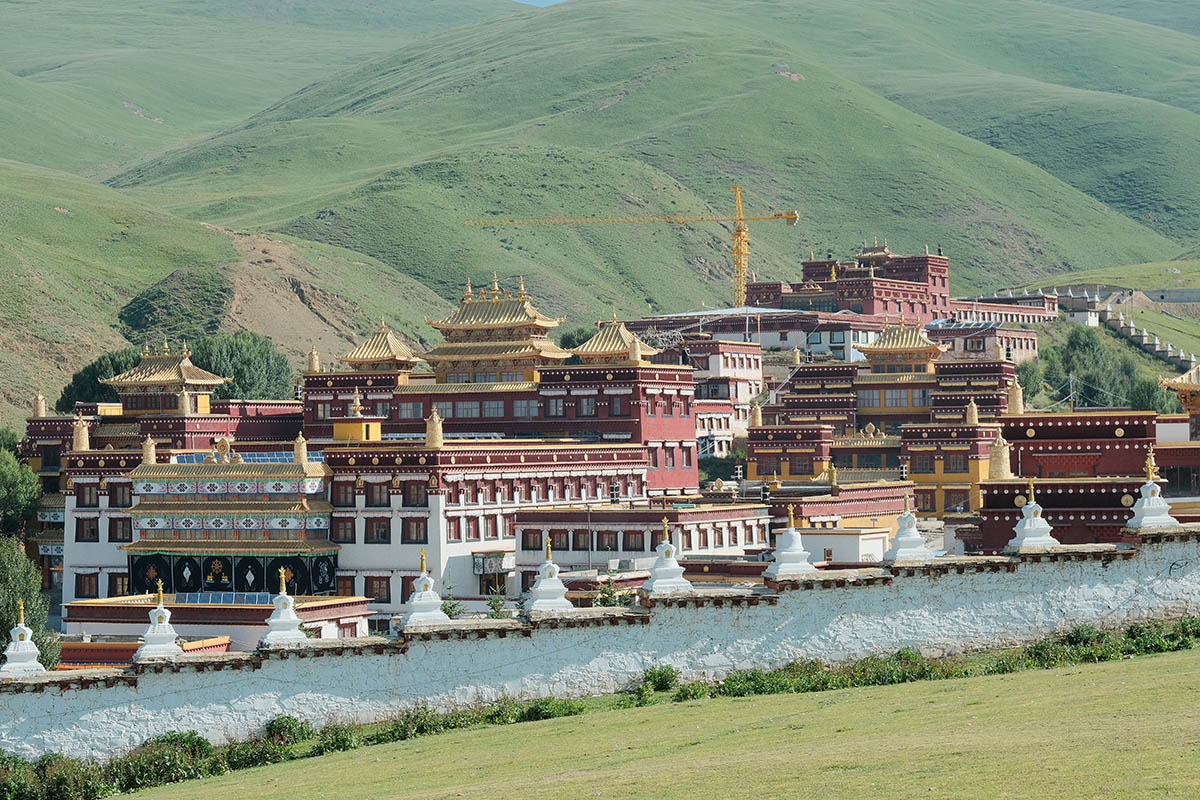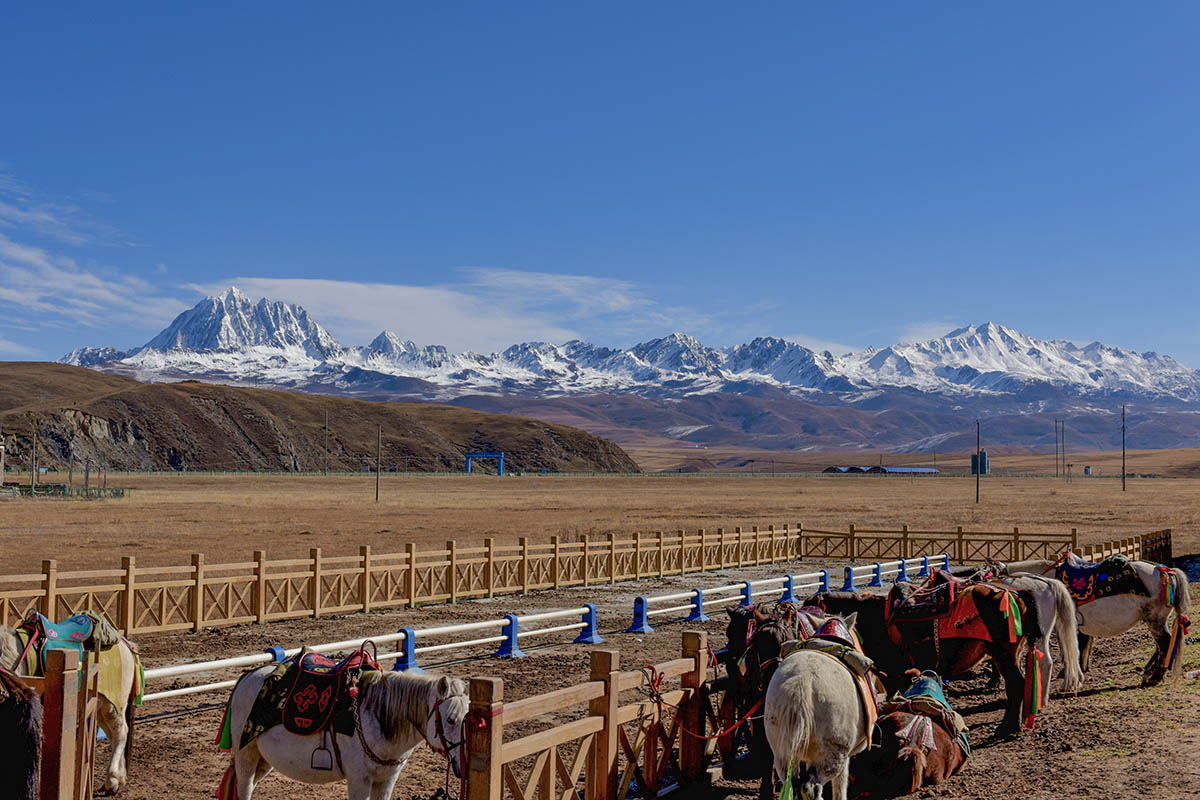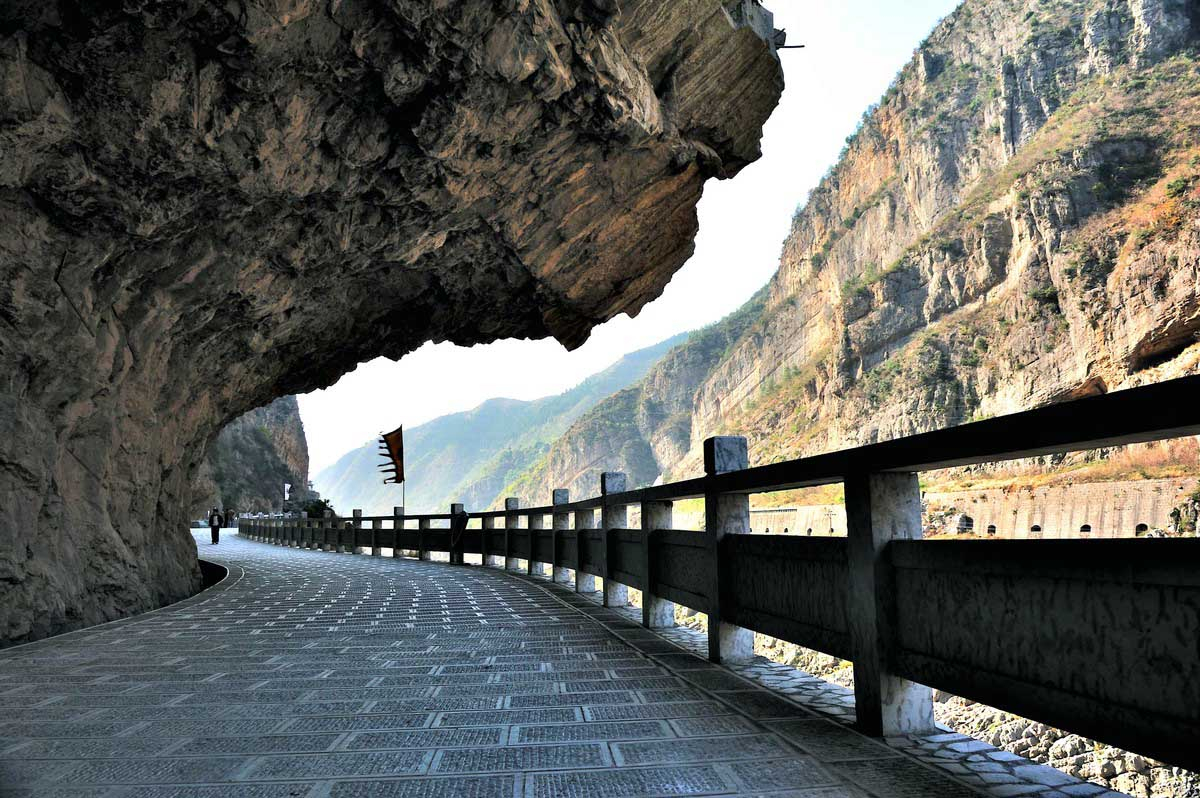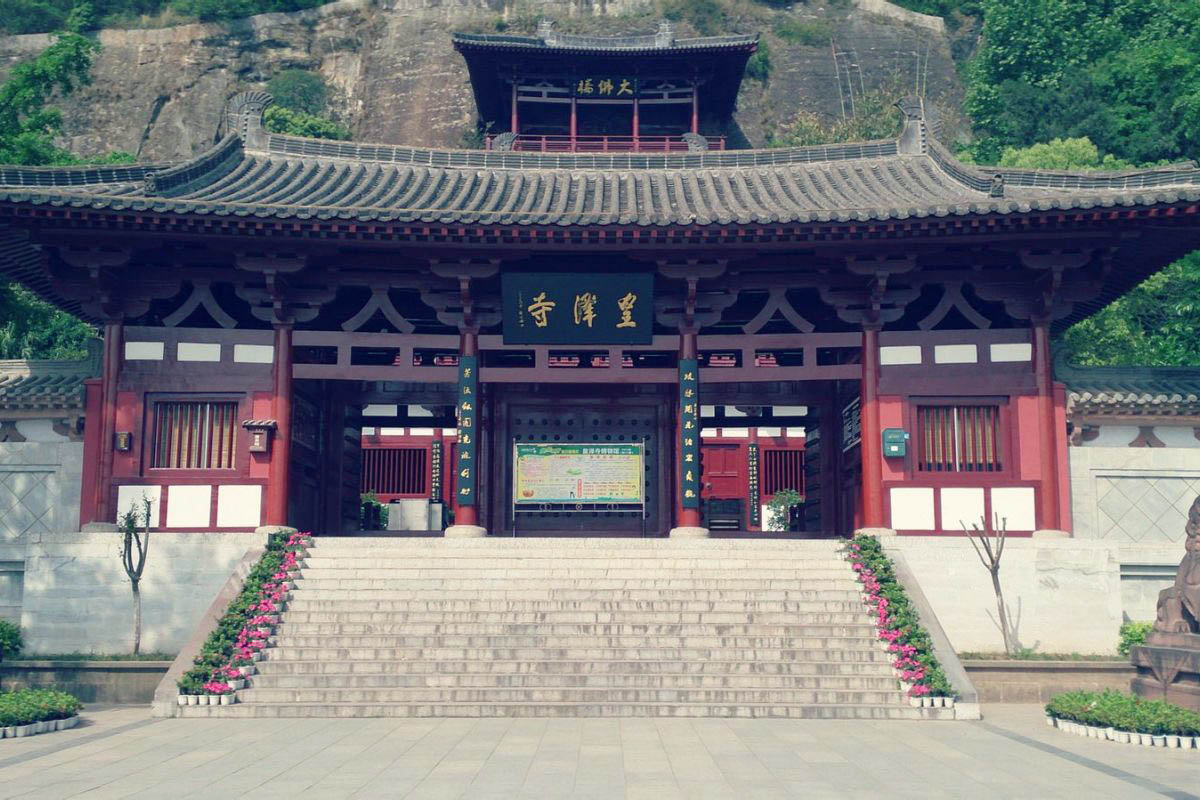Dagu Glacier
Chinese Name: 达古冰山(Da Gu Bing Shan)
Location: Heishui County, Aba Tibetan Prefecture, Sichuan Province.
Ticket: Entrance ticket CNY120.00, Sightseeing bus CNY70.00, round-way cable car CNY120.00, may have occasional discount for entrance ticket.
Estimated tour time: 4-5 hours
Recommended time to visit: Sep-Mar
Nearby attractions: Bipeng Valley, Kalong Valley, Diexi-Song Ping Valley, Naizi Valley, Yangronghade Tibetan Village, etc.

Dagu Glacier is located in the Dagu Snow Mountain, Heishui County. It has an altitude of 3800 to 5100 m and lies more than 280 km away from Chengdu. The scenic area reaches 119 square kilometers.
It is one of the rarely seen mountain glaciers. The top of Guda Mountain is covered with snow all year round. A glacier is formed when snow remains in the same area year-round, and enough layers accumulate and compress to transform the powdery snow into a solid block of ice.At the peak of the mountain, snow cap can be seen around the year, with modern mountain glaciers as thick as 60 to 200 m developed on the north and south slopes. Three of them, namely 1, 2, 3 Glacier, cover an area of about 8.25 square kilometers.
Dagu Glacier is one of the central activity zones of modern alpine glaciers belonging to the late quaternary glaciations in the eastern verge of the Qinghai-Tibet Plateau. Over the past ten thousand years, its scale has been gradually shrunk by the global warming. At the present, there are 13 modern alpine glaciers in the some 200 sq km zone, such as glacial U-shaped valley, glacial cirque, glacial lake, and glacial waterfall, all with their distinctive shapes and charms and presenting a brilliant view.
Dagu Glacier is a geological & ecological tourism region. It integrates the features of modern and fossil glaciers, primeval forest, alpine meadows, snowy mountains, Tibetan villages, and rare plants and animals, making it an ideal destination for sightseeing, holiday-making, recreation, as well as scientific exploration. Like a shining pearl inlaid in the Pan Jiuzhaigou Valley Tourism Region, Dagu Glacier, as its name indicates (in Chinese, Dagu means 'reach the antiquity'), is a channel through which to get close contact with and explore the ancient times.
Dagu Snow Mountain is capped with snow all the year round. Majestically steep mountains, scattering peaks and base are what characterize it. The steep mountains remain snow-capped in all the four seasons, looking like an empty towers thorns the sky. Among the steep ravines and rock cliffs, saussurea are growing vigorously, where highland lakes dot the area. At the foot of the hills, trees grow thickly. During the heyday of Quaternary glacier, the whole of the ancient flat-topped mountain was covered with a unified glacier and ice cap, which extended its outer edge along the tributaries valley into areas around 3300-3500 meters above the sea level.
With the rise in planet temperatures, glaciers almost always stay in retreat. The Kingdom of Snow on Dagu Mountain shrinks gradually, giving place to a great number of ancient glacial lakes with large area; large tracts of primitive forest in temperate mountains and animals multiplying there for have added to it some lively ecology content.
Within the scenic areas there are dense virgin forests and great biodiversity, including Sichuan Golden Monkey, Tibetan macaque, antelope, argali and other rare wild animals. They are in large population, and large quantity, and are with high rate of visibility in the open field. Here glaciers, snow-capped mountains and virgin forests, together with rhododendron forest groves, Tibetan village, mountain lakes, meadows, making an interesting landscape painting.
All the year round it is suitable to visit Dagu Glacier: in May and June, thousands of acres of alpine rhododendron complete in blossoming to outshine each other; from July to September it is a great summer resort; in October and November, as Asia's largest red leaves tourist area, the Glacier Color Forest Festival is held every year, a paradise for photographers. From December to April next year, you can watch snow and ice, with the natural skating rink inviting you for an enjoyment.
- HOTEST
- RECOMMEND
